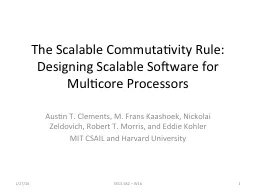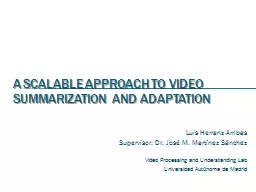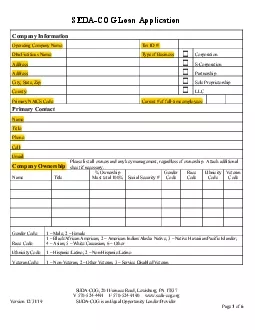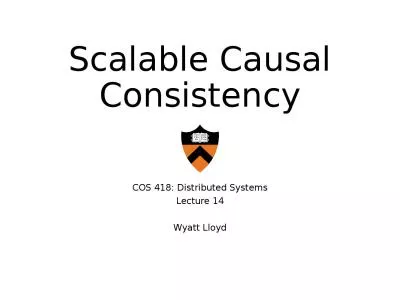PPT-SEDA: An Architecture for Well-Conditioned, Scalable Intern
Author : danika-pritchard | Published Date : 2015-10-29
Matt Welsh David Culler and Eric Brewer Computer Science Division University of California Berkeley Symposium on Operating Systems Principles SOSP October 2001
Presentation Embed Code
Download Presentation
Download Presentation The PPT/PDF document "SEDA: An Architecture for Well-Condition..." is the property of its rightful owner. Permission is granted to download and print the materials on this website for personal, non-commercial use only, and to display it on your personal computer provided you do not modify the materials and that you retain all copyright notices contained in the materials. By downloading content from our website, you accept the terms of this agreement.
SEDA: An Architecture for Well-Conditioned, Scalable Intern: Transcript
Download Rules Of Document
"SEDA: An Architecture for Well-Conditioned, Scalable Intern"The content belongs to its owner. You may download and print it for personal use, without modification, and keep all copyright notices. By downloading, you agree to these terms.
Related Documents














